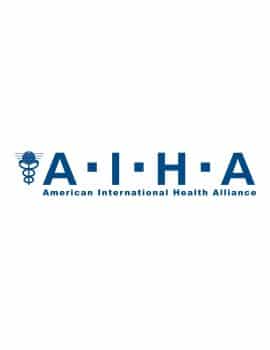Reports and Research Papers

Review of the Emergency Transport Scheme and Community Health Volunteer Mobility Initiatives in Madagascar, under the MAHEFA Programme, April 2016
The Madagascar Community-Based Integrated Health Program (CBIHP), known locally as MAHEFA, is a 5-year, USAID-funded community health program that provides basic health services in: maternal, newborn, and child health, family planning and reproductive health, including sexually transmitted infections, water, sanitation, and hygiene, nutrition and malaria treatment and prevention, to underserved populations in six remote and poor regions in north and north-west Madagascar (Menabe, SAVA, DIANA, Sofia, Melaky, and Boeny). JSI Research & Training Institute, Inc. manages the Madagascar CBIHP in partnership with the Manoff Group, Transaid and 15 Malagasy NGOs.
In Madagascar, two of the five most relevant barriers to access health care identified by women of reproductive age (NDHS 2008/2009) are related to transport: distance to the nearest health facility (42%), and the need to use a means of transport (31%). According to Thaddeus and Maine, one of the three delays in seeking care refers to transport as well. The challenges for transport provision in rural areas in Madagascar are many. Issues in the operating environment such as infrastructure, low density demand, socio-economic status of the population, and high vehicle operating costs combine to have a significant impact on the level of competition, the diversity of vehicles, service frequency and cost. Moreover, in MAHEFA areas specifically, the terrain is challenging. It is often mountainous, sandy, and with a majority of sites experiencing access challenges during the rainy season. More than half of the communes in MAHEFA program areas (54%, 149 communes out of 279) are inaccessible by car or truck at least two months of the year. Of these, one third (34%, 96 communes) are not accessible at least four months a year.
While transport has been widely recognised as a barrier to the provision of and access to health service in rural areas (46%, NDHS 2008/09), few community health programs have integrated transport interventions as an enabler to support the provision of services. From its onset, MAHEFA’s core strategy included the trial of innovative solutions using transport to improve community health volunteer (CHV) mobility, improve access to health services through emergency transport systems (ETS) and transport-related micro enterprise activities (“eBox”). MAHEFA also established community health insurance schemes ‘mutuelle de sante’. This report will be divided into two parts with a focus on a review of (1) MAHEFA’s CHV mobility and (2) ETS activities.
To conduct community health activities and provide services to the individuals and families who rely on them, community health volunteers (CHVs) in many settings must travel long distances. MAHEFA’s approach to address CHV mobility focused on delivering bicycles to CHVs to ensure that CHVs have access to an available, functional, and effective mode of transport to reduce time and cost of travel for their health activities. MAHEFA distributed individual bicycles to 1020 CHVs and trained them on topics such as safe operation, management, maintenance, and repair of bicycles.
In the MAHEFA regions there was often limited access to any type of affordable transport. MAHEFA worked to fill this gap by introducing a range of intermediate modes of transport (IMTs) including bicycle ambulances, wheeled stretchers, canoe ambulances, and ox-carts. These were placed within the community, they were non-motorised and they were chosen according to the terrain and context.
Between September and December 2015 a small review team completed a qualitative review of the CHV mobility and ETS activities in Menabe, Sofia and SAVA. Focus groups and semi-structured interviews took place with key stakeholders to understand technical performance of the bicycles and IMTs, the utilisation, management, equity of access and impact. In addition, routine programme monitoring and evaluation (M&E) programme data was also analysed. The findings from this review are presented in two parts; firstly CHV mobility and secondly the ETS findings.










